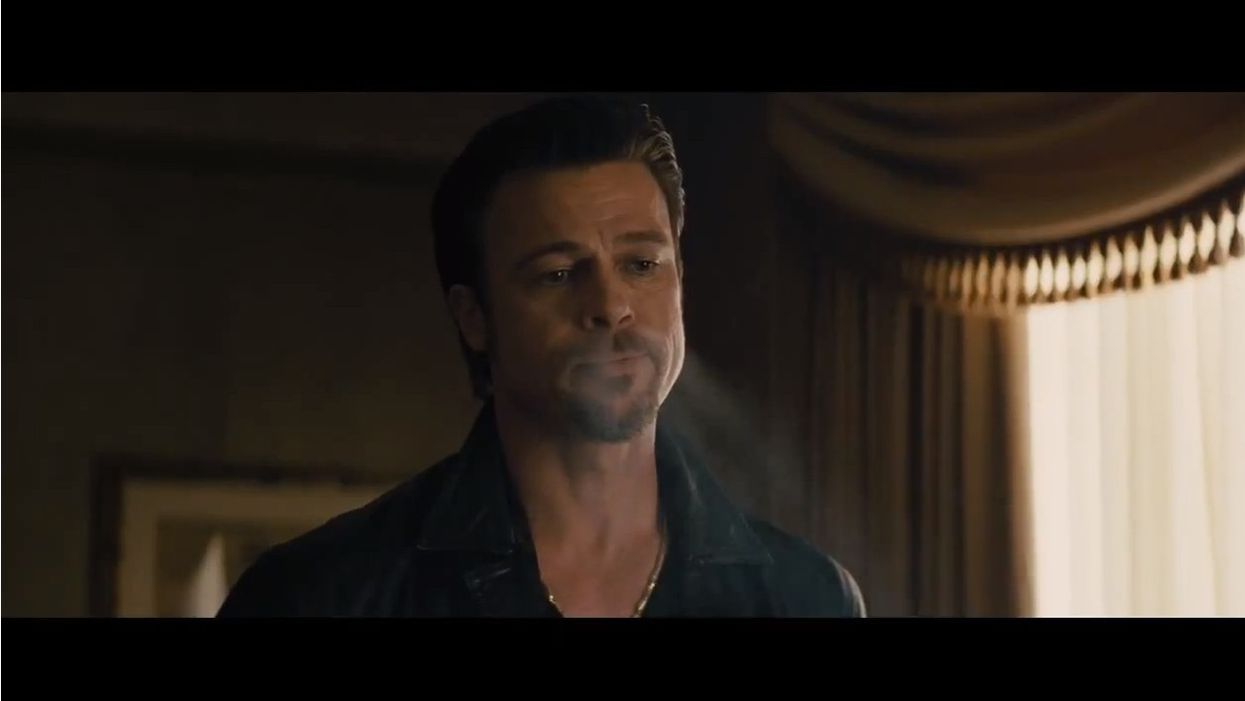Creating the Sounds of a Brutal Beat-Down in 'Killing Them Softly'

Sound can surely soothe, but so can it unsettle -- I'm sure we can all think of examples of movie movements that were made (or perhaps broken, in some cases) by accompanying sound effects. It may be the heightened styling of places or situations whose soundscapes are familiar to us, or it may be the understatement of realism to highlight the weight of a dramatic moment. Whatever the case, sound design lends a texture of palpability to the world going on beyond that living screen you've been staring at -- and in certain instances, to the elicitation of a cringe. One such circumstance lies in wait for you should you find yourself seeing the newly released crime drama Killing Them Softly.
Here's the trailer for the film, which contains a brief glimpse of a scene which was the subject of a recent New York Times article, detailing the painstaking attention to detail its sound design required. That's the scene in which Ray Liotta's character is pulled from a car -- visible at about 2:00 -- and given a nasty shakedown to elicit an admittance of his suspected guilt.
Here's an excerpt from the NY Times article, in which director Andrew Dominick and sound mixer Leslie Shat discuss the creation of the scene's punch sound effects:
Mr. Dominik and Mr. Shatz experimented with several techniques while developing the punching sounds in the scene. “You always try to make a punch that feels right,” Mr. Dominik said, “because if your punches are too big, they don’t seem real. But if they’re too small, they don’t feel violent.” In some of the hits they used the sound of flash bulbs, which provide a kind of tingly aftereffect. They also occasionally muted all the other sound at moments of fist impact and mixed the dialogue into multiple channels, with discrete sounds coming from different directions, forcing the moviegoer to experience the moment more intimately.
There's plenty more details in the original article, plus a multimedia breakdown that includes several audio clips demonstrating the final effect of the various elements that contribute to the scene. Everything from the rain (real recordings of which could not provide enough of the sharp edge desired) to the the sounds of Liotta's character being slammed against the car (also recreated for maximum control and forcefulness) are detailed in it -- reading is recommended for anyone interested in ways in which to populate such a fight scene with evocative sound design.
What sorts of things have you recorded for fight scenes in your own work? What materials or recording techniques have you used -- and what have you found, perhaps to your surprise, to give a surprisingly brutal-sounding effect?
Links:












